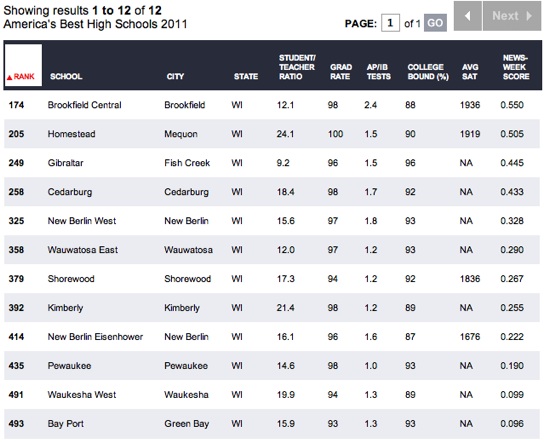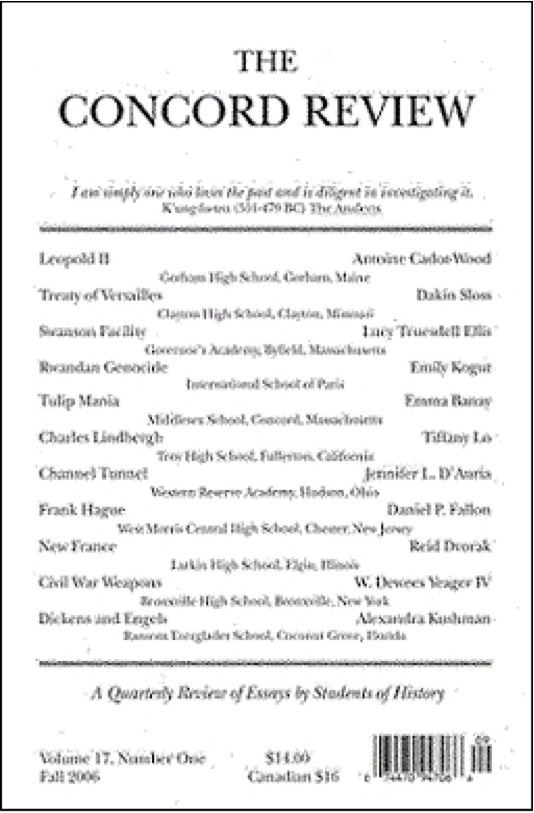Brian Slodysko and Tara Malone:
Vice President Joe Biden lambasted what he called an increasingly union-hostile “new” Republican party, during remarks delivered to National Education Association representatives today, raising the specter of high profile labor fights picked by Republican governors with public workers unions across the country.
“There is an organized effort to place blame for budget shortfalls on educators and other public workers. It is one of the biggest scams in modern American history,” Biden said during a speech laden with political red meat, smoothing over past disagreements between teachers unions and the Obama Administration.
“The new Republican party has undertaken the most direct assault on labor, not just in my lifetime … but literally since the 1920s,” he said. “This is not your father’s Republican party. This is a different breed of cat.”
Biden’s remarks to one of the nation’s largest teachers unions, a speech that lasted about 30 minutes, came a day before its members are expected to decide whether to cast their support behind the administration in the 2012 presidential election.
Mike Antonucci
The National Education Association Representative Assembly opened this morning in Chicago with 7,321 delegates attending, which is by far the lowest number since I began covering the convention in 1998.
The atmosphere still resembles a political party convention, with speeches, confetti and deafening music, including the new NEA theme song, “Standing Strong”:
“Standing strong, standing tall. Standing up for what is right and true, NEA is standing up for me and you!”
Coming soon to a Chevy truck commercial near you.
It is customary for the mayor of the host city to welcome the delegates, but since the mayor is Rahm Emanuel, NEA prudently got hold of Illinois Gov. Quinn instead. After the delegates adopted the standing rules for the assembly, it was time for NEA president Dennis Van Roekel’s keynote speech.
Mike Antonucci:
There were two new business items (NBIs) of note debated this afternoon. The first was NBI C, submitted by the NEA Board of Directors, which directs the NEA president to “communicate aggressively, forcefully, and immediately to President Barack Obama and US Secretary of Education Arne Duncan that NEA is appalled with Secretary Duncan’s practice of…” and then lists 13 of Duncan’s most heinous crimes, like “Focusing so heavily on charter schools that viable and proven innovative school models (such as magnet schools) have been overlooked, and simultaneously failing to highlight with the same enthusiasm the innovation in our non-charter public schools.”
Stephanie Banchero:
Widespread unhappiness among teachers about President Barack Obama’s education policies is threatening to derail a National Education Association proposal to give him an early endorsement for re-election.
The political action committee of the NEA, the nation’s largest union, adopted a resolution in May to endorse Mr. Obama. The proposal will come before the NEA’s 9,000-member representative assembly on Monday at the union’s annual convention here.
The union has never endorsed a presidential candidate this early in the campaign cycle, instead waiting to make the decision during the election year. But union leaders, anticipating a tough re-election campaign, wanted to bolster support for the president early on, a move that has run into opposition from union members.
Associated Press:
Vice President Joe Biden says the “new Republican Party” fundamentally doesn’t believe in public education the way Democrats do.
“There is an organized effort to place blame for budget shortfalls on educators and other public workers. It is one of the biggest scams in modern American history,” he was quoted as saying by the Chicago Tribune.
Much more, here.


